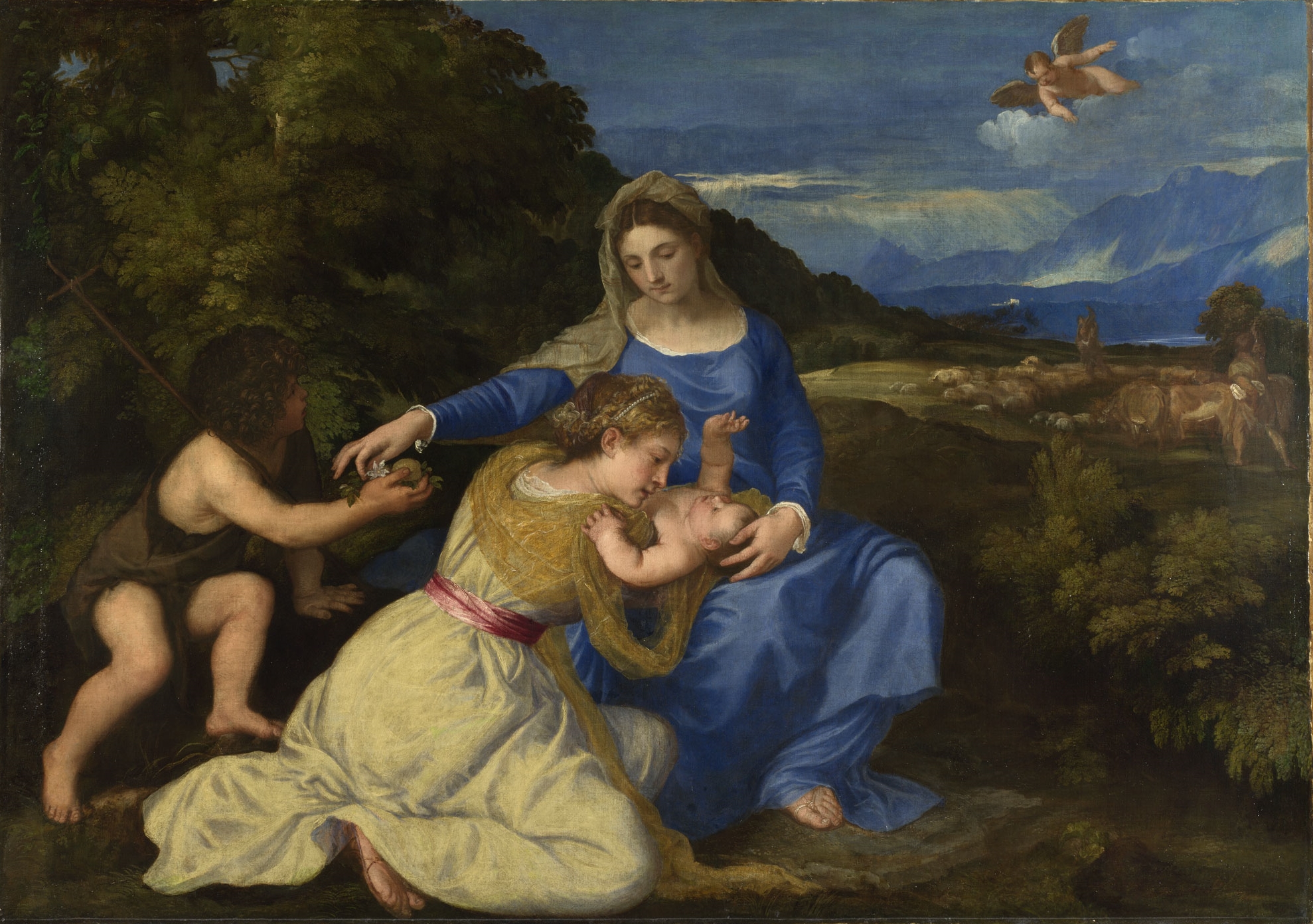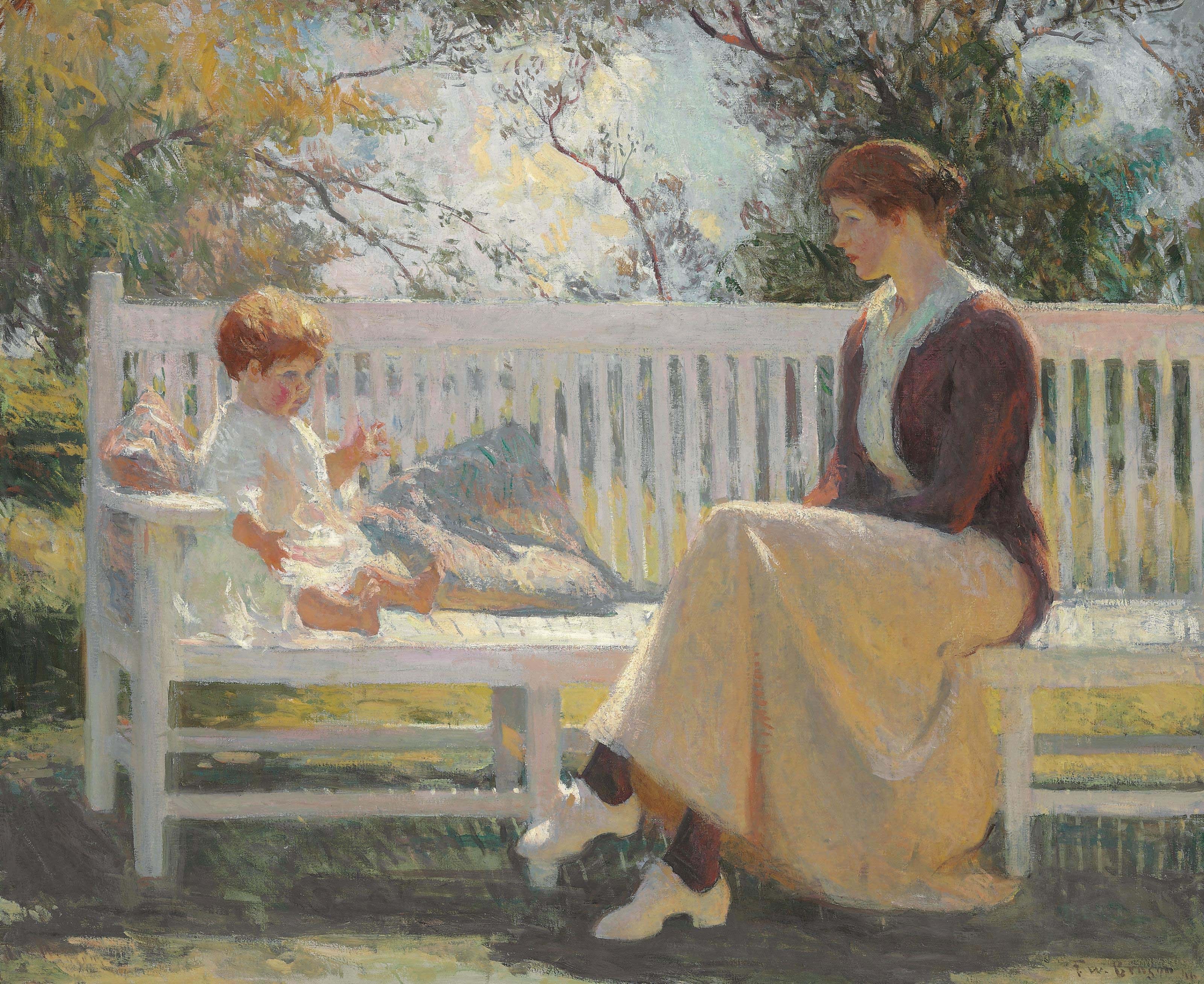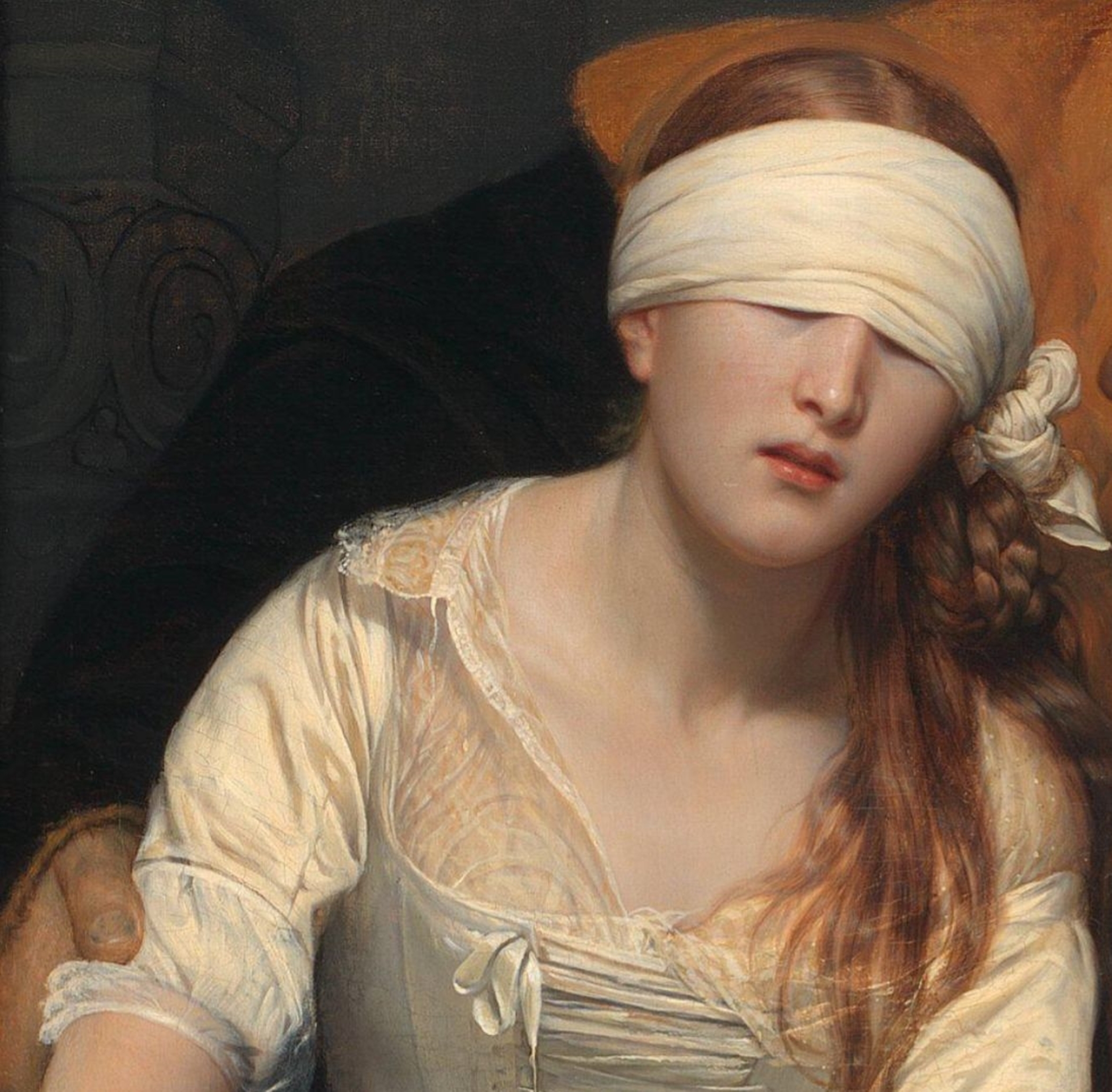Titian (Tiziano Vecelli or Vecellio, known in English as Titian, ca. 1485-1576) was the greatest painter of 16th-century Venice, and the first painter to have a mainly international clientele.
During his long career, he experimented with many different styles of painting which embody the development of art during his epoch.
Youth and debut
Titian (Tiziano Vecellio) was born in Pieve di Cadore, a small town at the foot of the Dolomites on the Venetian side of the Alps.
The Vecellios had been based in Cadore since the 14th century. Titian’s father, Gregorio, was a military man. His older brother Francesco was also a painter.
There is still no documentary evidence of Titian’s exact date of birth, but contemporary sources and his early stylistic development suggest that he was born around 1490.
















